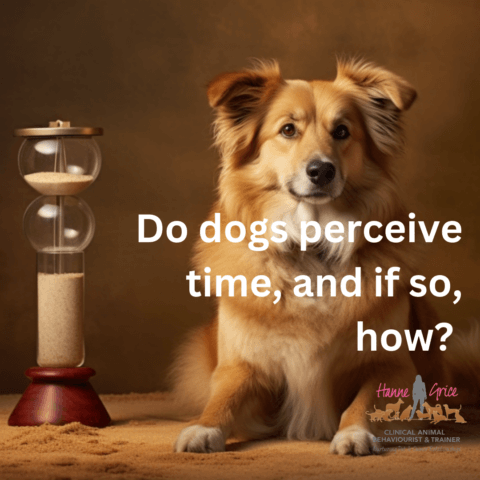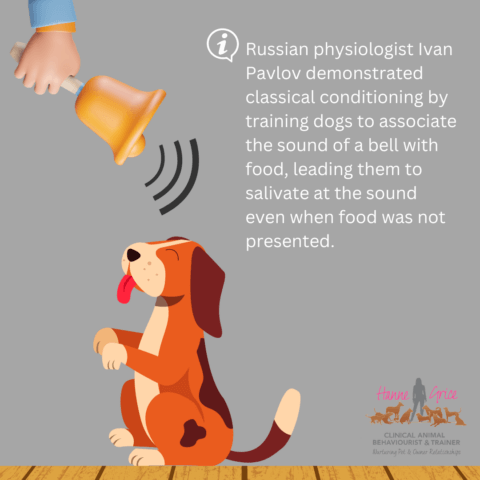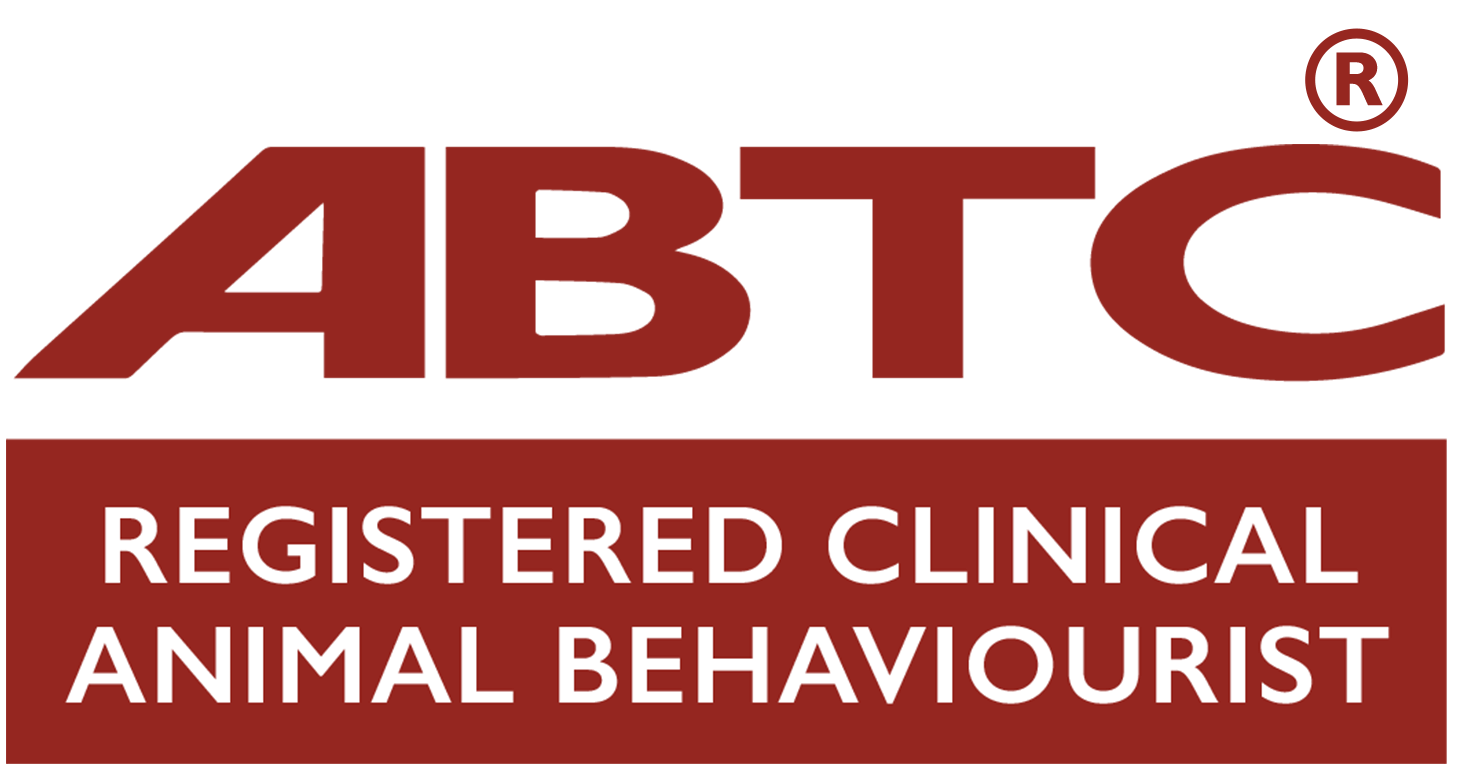
I am often asked whether dogs perceive time, and if so, how do they perceive it? This question has long been a subject of fascination for scientists, animal behaviourists, and pet owners alike. While it’s easy to assume that our canine companions live in a perpetual “now,” emerging research suggests that the reality is far more complex. Below is a summary of some of the possible factors that may help our four-legged friends when it comes to having some understanding of time.
Circadian rhythms
For a long time, the prevailing belief was that dogs live in the present moment, guided primarily by their immediate needs and sensory inputs. This notion is supported by the fact that dogs don’t seem to have a nuanced understanding of time, at least not in the way humans do. However, dogs – just like humans – do have an internal clock or circadian rhythm that helps regulate body processes like sleep. This internal clock could play a role in their daily activities and sense of time. For example, Corney (2023) argues that dogs live very much in the present moment, but their circadian rhythm might give them a rudimentary sense of time.
Cues over internal clocks
However, another theory posits that dogs use environmental cues to gauge the passage of time. For instance, the slant of sunlight entering the room, the sound of a car pulling into the driveway, or even the scent of dinner being cooked could serve as indicators. Cognitive scientist Greg Bryant suggests that dogs might be using these cues rather than an internal sense of time to anticipate events. Bryant notes that dogs seem to know when it’s time for certain events, such as the kids coming home from school, and hypothesises that dogs might be using environmental cues like the sound of a car or the slant of light to make these predictions (Hurt, 2023). Similarly, changes in the dog’s body such as hunger, thirst, and even fatigue, may act as cues to the passage of time helping dogs gain a sense of when their caregivers are due back home and react accordingly.
Smelling the past and future
One of the most ground-breaking theories in recent years is the idea that dogs might be able to smell time. Dr Alexandra Horowitz, a leading researcher in dog cognition, suggests that the strength of residual human scent in a home could serve as a time marker for dogs. As the scent diminishes, dogs might associate this with the impending return of their owners. Horowitz’s theory suggests that dogs might experience time through smell, using the concentrations of odours to predict events like the arrival of the school bus (Doucleff, 2022).
Dr Stanley Coren further elaborates on this theory. He states that dogs can detect both new (strong) and old (weak) scents, this means they are actually perceiving events that occurred across intervals of time. Consequently, the dissipation of a human’s scent in the house could serve as a sort of clock for dogs, allowing them to mark the passage of time (Coren, 2019); this theory is supported by research that found dogs seemed more excited to see their owners after being left alone for two hours compared to just 30 minutes. However, there was no significant difference in their reaction after a two-hour absence compared to a four-hour one (Rehn and Keeling, 2011).
Anxiety as a time marker
Another angle to consider is the behaviour of dogs when left alone. Some dogs exhibit signs of separation distress, becoming increasingly restless, or anxious as time passes – this may include pacing, panting, vocalising, attempts to escape and so on. Some suggest that such behaviours could indicate an awareness of the passage of time, albeit not in the way humans understand it. This theory, if accurate, would mean that a dog’s increasing anxiety when left alone could be a sign of their awareness of the passage of time, adding another layer to our understanding of how dogs perceive time.

Pavlov’s legacy
The well-known Pavlov’s dogs experiments illustrate how dogs have implicit memory. Implicit memory is a type of long-term memory that is not consciously controlled. Unlike explicit memory, which involves conscious thought and is often easily verbalised, implicit memory is more automatic and is often demonstrated through performance rather than conscious recall. For example, riding a bike or typing are actions often guided by implicit memory. Pavlov demonstrated that dogs could be conditioned to associate a neutral stimulus, like the sound of a bell, with a meaningful stimulus, like food. Over time, the dogs began to salivate at the sound of the bell alone, even when no food was presented. This form of learning, known as classical conditioning, is a prime example of implicit memory at work and this could be a key factor in how dogs perceive time, allowing them to associate certain times with specific events, such as feeding time or walks (Fish, 2022).
Key take-aways
While we may never fully understand how dogs perceive time, current research offers intriguing possibilities that go beyond the traditional view of dogs living in the “now.” Whether through environmental cues, an olfactory clock, or even emotional states like anxiety, dogs seem to have their own unique ways of marking the passage of time. More scientific studies are needed to conclusively understand how dogs perceive time. Until then, dog owners can take comfort in the fact that their furry friends are far more complex and perceptive than we once thought!
References
- Coren, S. (2019). ‘Can Dogs Smell Time?’, Psychology Today. Available at: Psychology Today Article
- Corney, C. (2023). ‘Do Dogs Have a Concept of Time?’, Science Focus. Available at: Science Focus Article
- Doucleff, M. (2022). ‘Can Dogs Smell Time? Just Ask Donut the Dog’, NPR. Available at: NPR Article
- Fish, T. (2022). ‘Do Dogs Have a Sense of Time?’, Newsweek. Available at: Newsweek Article
- Hurt, A. (2023). ‘How Dogs Perceive Time’, Discover Magazine. Available at: Discover Magazine Article
- Rehn, T. and Keeling, L.J., 2011. ‘The effect of time left alone at home on dog welfare’. Applied Animal Behaviour Science, 129(2–4), pp.129-135. ISSN 0168-1591. Available at: https://doi.org/10.1016/j.applanim.2010.11.015
Learn more about our classes

Get Hanne's Book
Playing With Your Dog will help any dog owner work out the games that are best suited for their pet to play throughout his life, from puppyhood to old age. The book also shares some tricks for all ages, group activities, and recommended toys that dogs will enjoy.

























